1. Original Penn Station, New York City
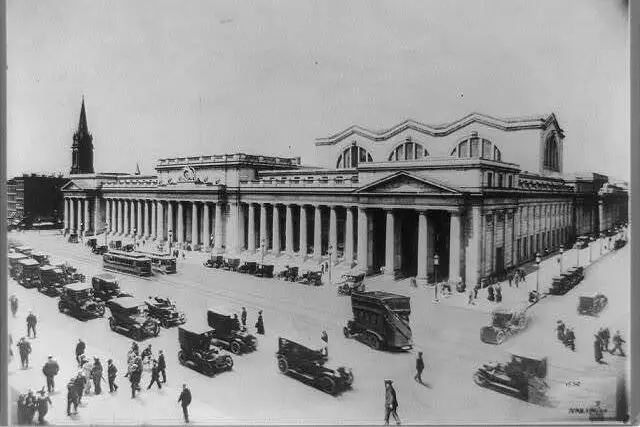
It’s hard to believe that one of the most beautiful train stations in America once stood right in the middle of Manhattan—and then was torn down. The original Penn Station, opened in 1910, was a Beaux-Arts masterpiece with grand columns, high arches, and soaring ceilings that flooded the space with natural light. Designed by McKim, Mead & White, it was a true gateway to the city, impressive enough to make your jaw drop. But in the early ’60s, the Pennsylvania Railroad sold the air rights, and the station was demolished to make room for Madison Square Garden shares the Times.
The decision sparked a national outcry and became a major turning point in the historic preservation movement. Sadly, if you visit Penn Station today, you’ll find a cramped underground maze that feels more like a basement than a landmark. Many New Yorkers still mourn what was lost. The photos are all we have left to imagine the grandeur we’ll never get to walk through ourselves adds Bloomberg.
2. Fort Montgomery, New York
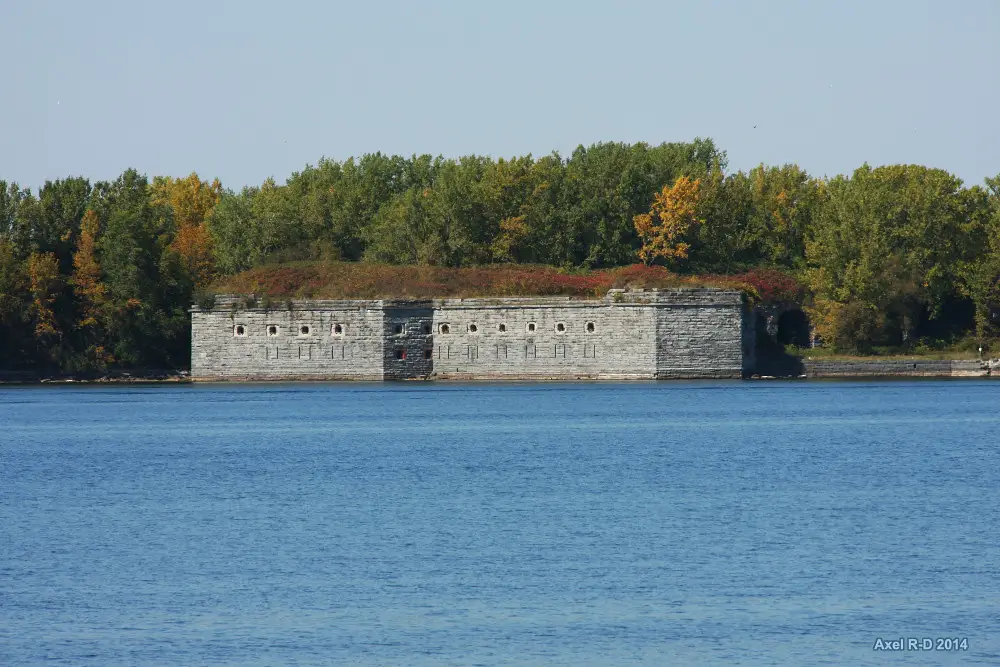
Not to be confused with the current historic site by the same name, the original Fort Montgomery on Lake Champlain was a massive 19th-century stronghold. Built after the War of 1812 to protect against a potential British invasion from Canada, it featured thick stone walls and elaborate tunnels. It stood watch over the border for decades but eventually became obsolete says Wikipedia.
By the mid-20th century, it was privately owned and slowly fell into ruin. In 1987, the land was sold to a Canadian developer, and the fort was largely demolished. Locals tried to preserve it, but it was too late. Today, you can visit the ruins, but the full-scale fort is lost to history adds TripAdvisor.
3. Sutro Baths, San Francisco

Once a dazzling glass-enclosed public bathhouse by the ocean, the Sutro Baths opened in 1896 as a whimsical escape for locals. It featured seven swimming pools filled with ocean water, along with slides, diving boards, and even a museum of oddities. Thousands of visitors came each week to swim and explore.
But it was expensive to maintain, and by the 1960s it had fallen into disrepair. Plans to develop the site into high-rise apartments were underway when a mysterious fire burned it to the ground in 1966. Today, only the concrete foundations remain, slowly being reclaimed by nature. Walking the ruins now, it’s hard not to imagine how magical it must have once felt.
4. The Pan-American Exposition Buildings, Buffalo
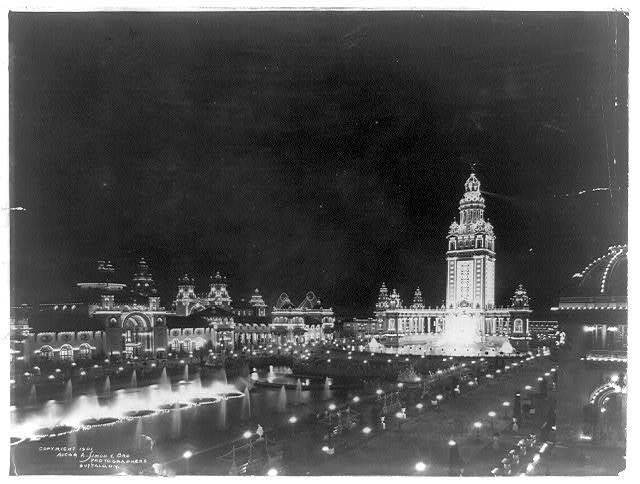
In 1901, Buffalo hosted the Pan-American Exposition, an event meant to showcase the promise of the new century. The fairgrounds were full of dazzling buildings, electric lights, and cultural exhibits from around the world. It’s also, tragically, where President William McKinley was assassinated.
After the exposition ended, nearly all of the temporary buildings were demolished. They were never meant to be permanent, and their disappearance was fast and complete. Today, you can visit the site, but you won’t see the colorful structures that once stood there. Just a few scattered remnants remain in parks and museums.
5. Rainbow Pier, Long Beach
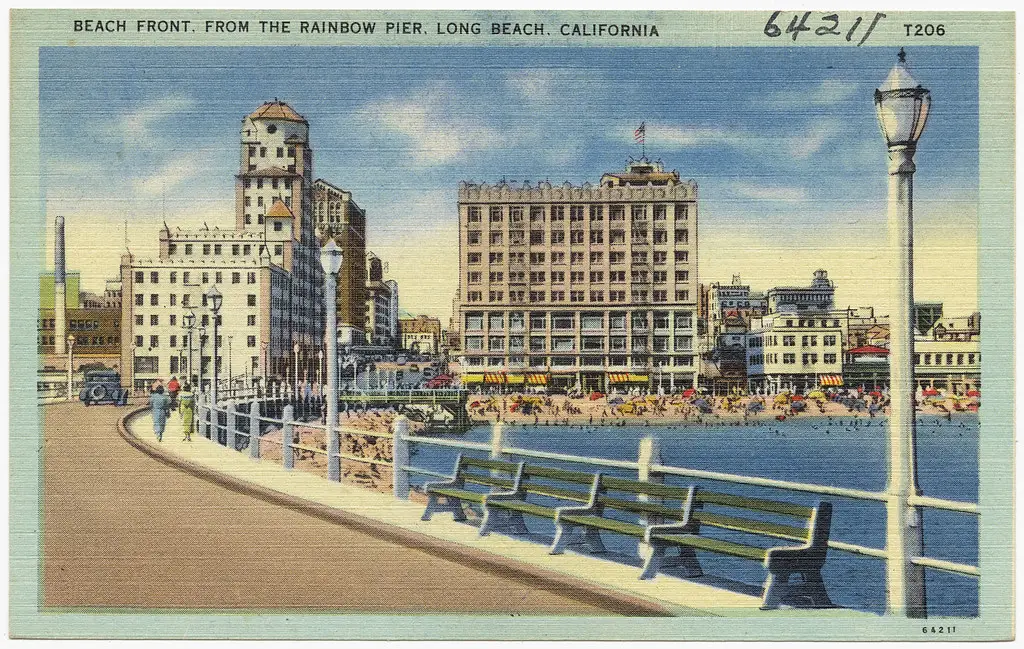
Back in the 1930s and ’40s, the Rainbow Pier was a Southern California hot spot. This giant semicircular pier arched out into the Pacific and became a local icon. It connected to the Municipal Auditorium and created a protected lagoon for swimmers and boaters.
As times changed, the pier fell out of favor and was eventually demolished in the 1960s to make way for modern development. Today, the only trace of it is a street called “Rainbow Harbor Drive.” Locals still reminisce about dances at the auditorium and summer days spent by the pier. If you didn’t grow up there, you likely never knew it existed.
6. Chicago Federal Building
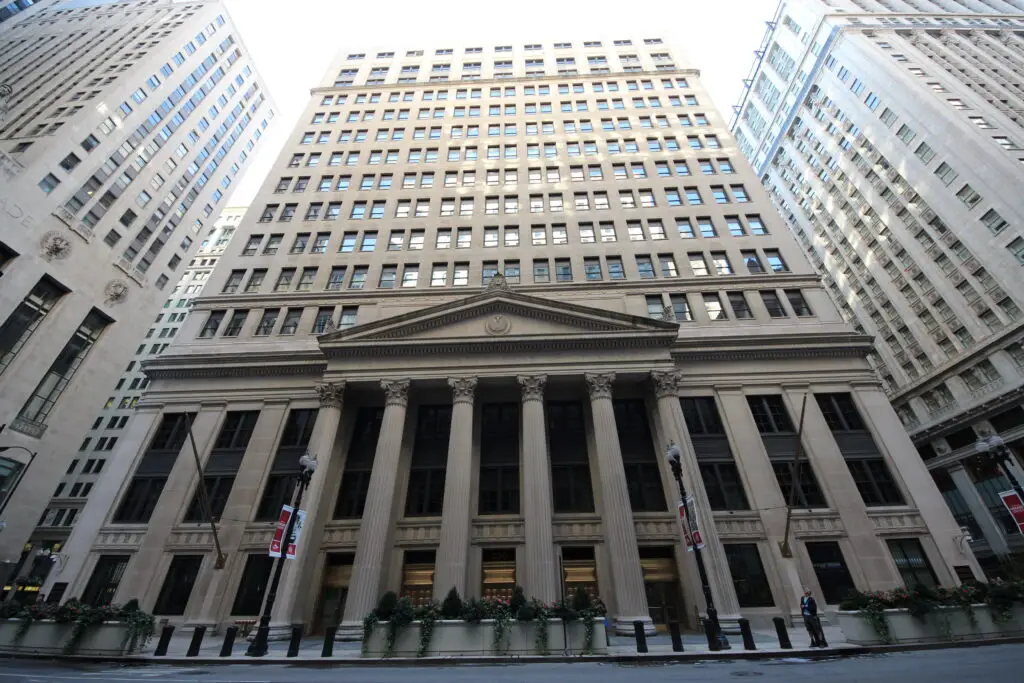
If you walked through downtown Chicago in the early 20th century, you’d have seen a massive, domed federal building that looked more like a cathedral than a government office. Completed in 1905, it housed the post office, courts, and other federal offices. Its enormous glass dome stood out against the city skyline.
But by the 1960s, officials deemed it outdated and not worth preserving. It was demolished in 1965 to make room for the Kluczynski Federal Building, a more modern structure. It’s one of those buildings people now wish had been saved. Most people today have no idea it ever stood there.
7. Madison Square Garden (Second Version), New York City
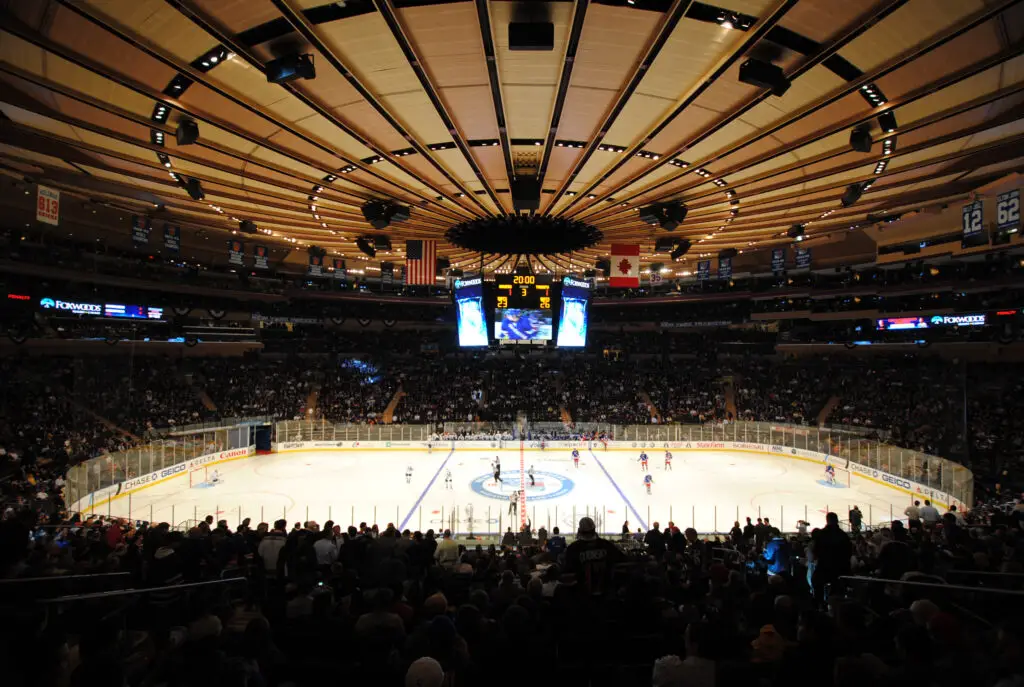
Before the current Madison Square Garden, there was another version that many called the most beautiful arena ever built. Opened in 1890 and designed by the same architect behind the original Penn Station, it featured a striking tower modeled after the Giralda in Spain. Inside, there were concerts, boxing matches, and even a rooftop garden theater.
It was home to everything from the circus to political rallies, but it didn’t last long. By 1925, it was razed to make way for an office building. Few pictures survive, and even fewer people remember what once stood on Madison Avenue. It’s a loss that stings when you look at photos of the grand architecture.
8. The Beach Hotel, Galveston

Galveston once had its own version of a coastal palace—the Beach Hotel, built in 1883. With its grand turrets, wraparound porches, and prime oceanfront location, it was the place to be for wealthy vacationers in Texas. The bright pink exterior became an icon of the Gulf Coast.
But its fate was as dramatic as its appearance. In 1898, a fire broke out in the hotel’s bathhouse and quickly consumed the entire structure. It was never rebuilt, and a few years later, the devastating hurricane of 1900 changed Galveston forever. Most people today don’t even know it was once the crown jewel of the shoreline.
9. Michigan Central Station, Detroit (Original Condition)
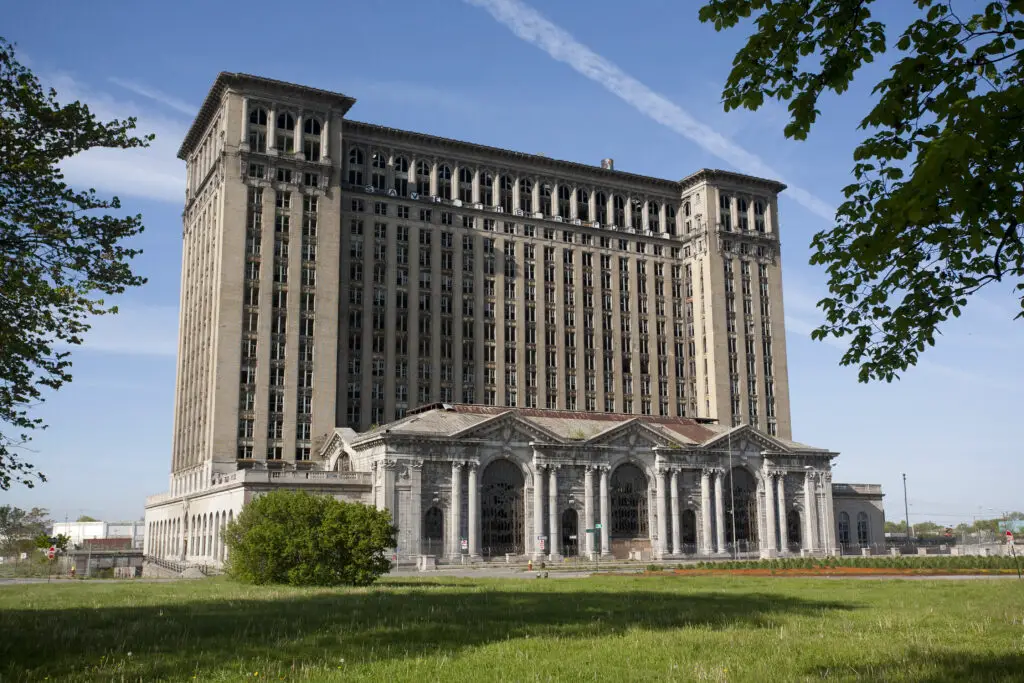
Though the building itself still stands, the Michigan Central Station that travelers once knew is long gone. Opened in 1913, this Beaux-Arts masterpiece once welcomed visitors with chandeliers, vaulted ceilings, and marble floors. It was the kind of train station that made you feel like you were going somewhere important.
But when train travel declined, the building was left to rot. Vandals and neglect stripped it of its former glory. In recent years, it’s being renovated by Ford, but the original interior is something no modern restoration can fully recreate. If you didn’t see it in its heyday, you missed something magical.
10. The Ambassador Hotel, Los Angeles
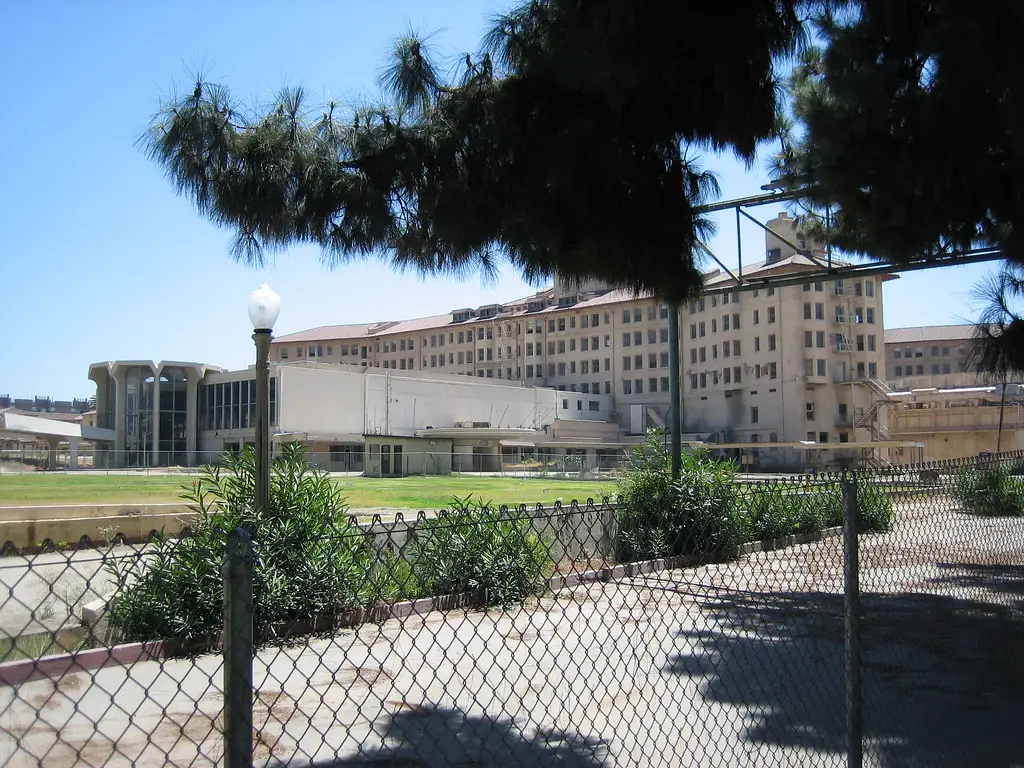
Best known as the site of Robert F. Kennedy’s assassination, the Ambassador Hotel was also a symbol of Hollywood glamor. Built in 1921, it hosted the first Academy Awards and saw countless celebrities walk through its doors. The Coconut Grove nightclub inside was legendary.
After Kennedy’s death in 1968, the hotel never quite recovered. It was closed in 1989 and sat empty for years before being demolished in 2005. Today, the site is home to a public school complex. It’s a rare case of important history lost in the name of progress.
11. Palace of the Republic, Washington, D.C.
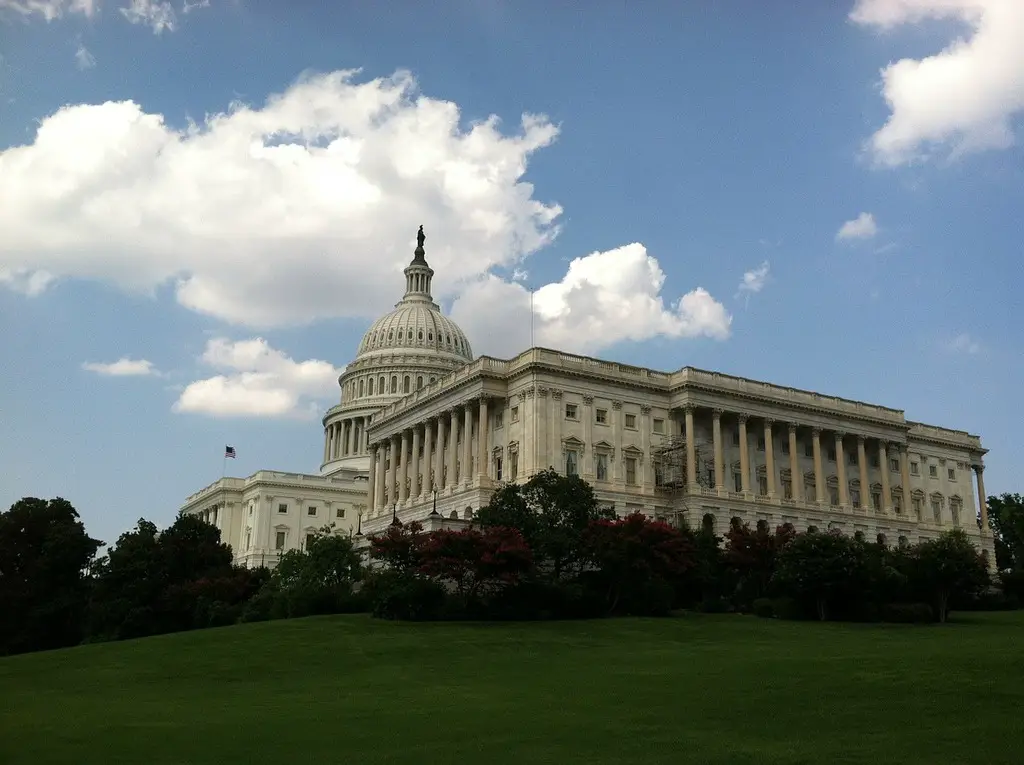
Not every vanished landmark is a beloved one, but the Palace of the Republic definitely sparked debate. It was a grand exhibition hall built for the 1876 Centennial Exposition in Philadelphia, meant to show off American industry and innovation. After the fair, parts of it were moved to Washington, D.C., where it served various purposes.
Eventually, the building fell into disuse and was demolished in the early 20th century. Few people today even know it existed, let alone where it stood. Still, it was part of a moment in time when Americans were proudly showing off what the country could achieve. Now, it’s just a forgotten footnote in history.
12. Cloudland Ballroom, Chattanooga
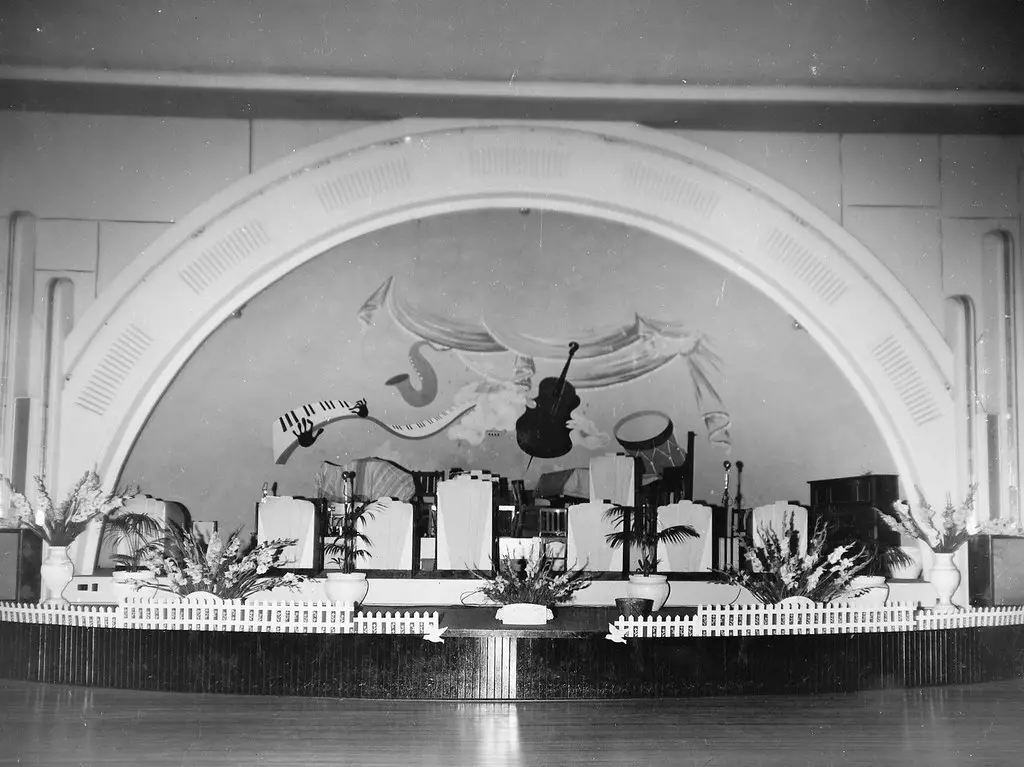
High atop Lookout Mountain once sat the magical Cloudland Ballroom, a dance hall so grand it straddled the Georgia-Tennessee state line. Built in the 1920s, it attracted dancers from miles away with its live music, twinkling lights, and mountain views. You could literally dance from one state to another.
But changing tastes and tough winters wore the building down. It closed in the 1940s and was eventually demolished. Now, only a marker remains where music and laughter once filled the air. It’s one of those local legends that sounds too dreamy to have ever been real.
13. The Million Dollar Pier, Atlantic City
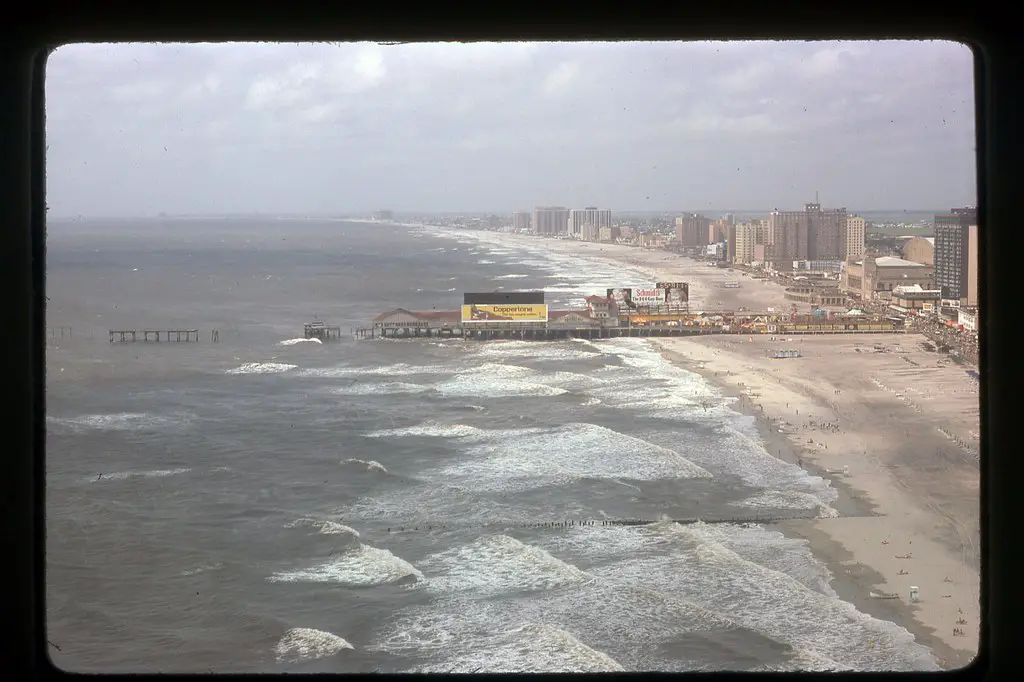
When it opened in 1906, the Million Dollar Pier lived up to its name. It was an over-the-top entertainment complex extending into the Atlantic Ocean, featuring theaters, ballrooms, shops, and a massive ballroom. Tourists came in droves to stroll along the water and enjoy the lights and sounds.
But time wasn’t kind to the pier. Fires, hurricanes, and neglect took their toll. It was rebuilt multiple times but never quite returned to its former glory. The current shopping mall on the site lacks the magic of what came before.
14. Luna Park, Cleveland

Most people have heard of Coney Island’s Luna Park, but Cleveland once had its own dazzling version. Opened in 1904, it featured roller coasters, a dance hall, a baseball stadium, and even an elephant named Baldy. It was a place of joy, especially for working-class families.
Sadly, the Great Depression and a series of fires spelled the end. By the 1940s, Luna Park was closed and eventually torn down. Today, the site is mostly residential housing. It’s hard to imagine a roller coaster once roaring through those quiet streets.
